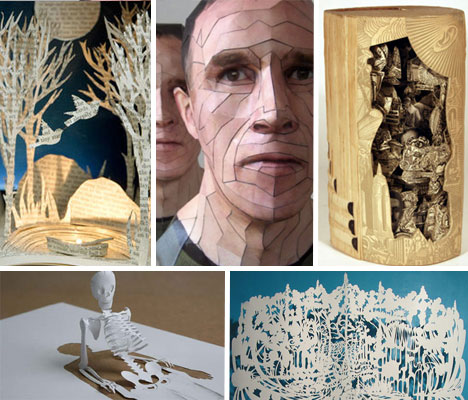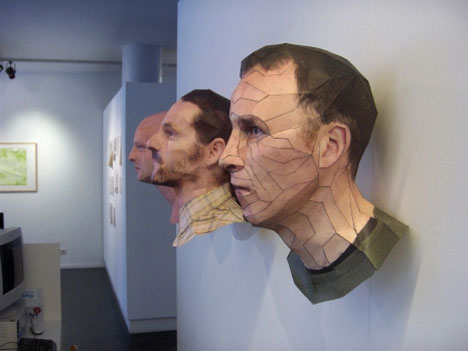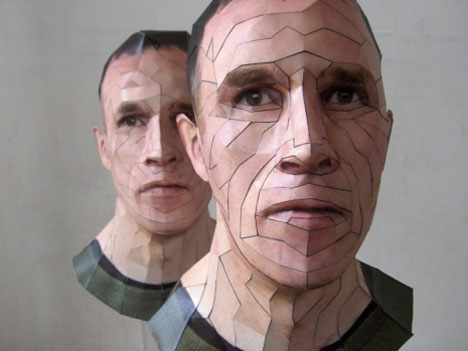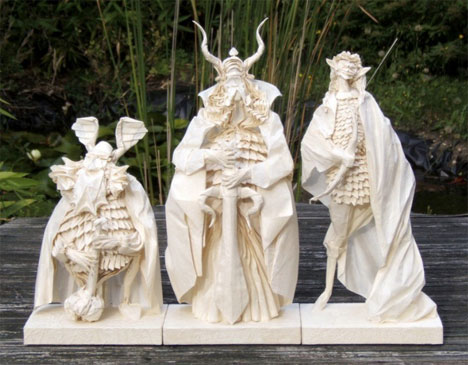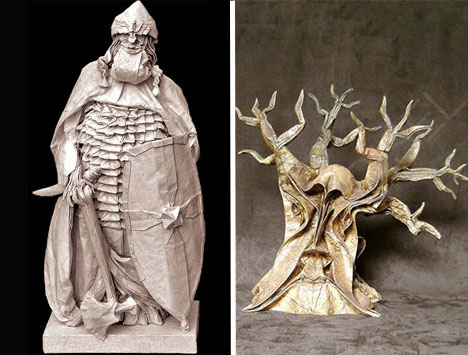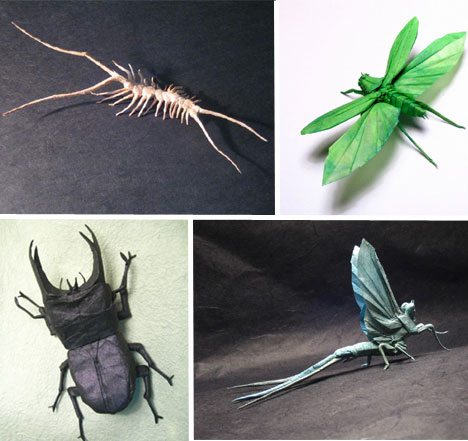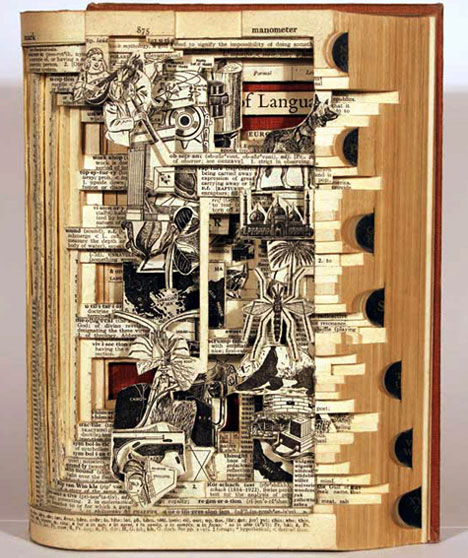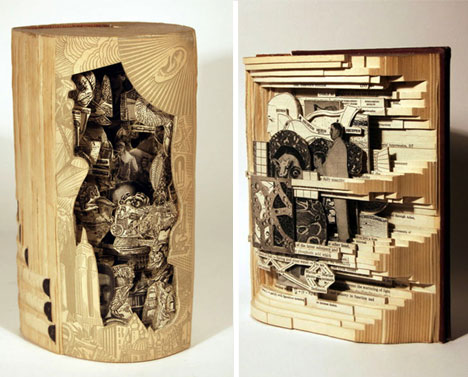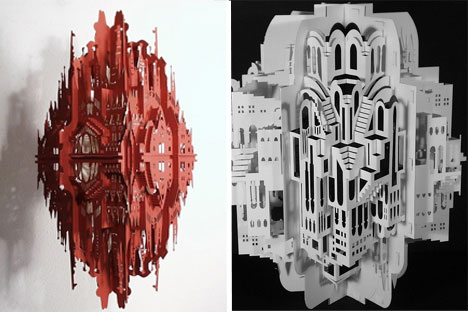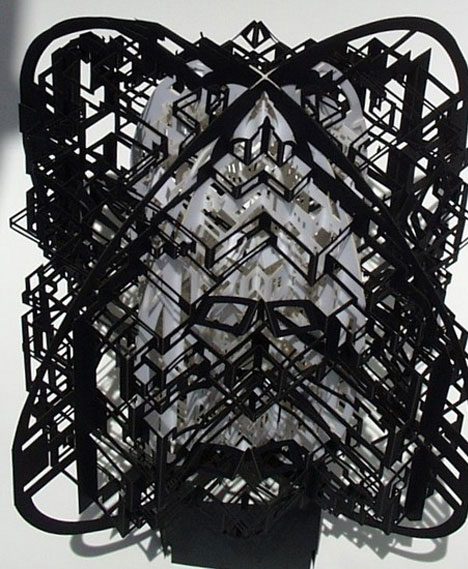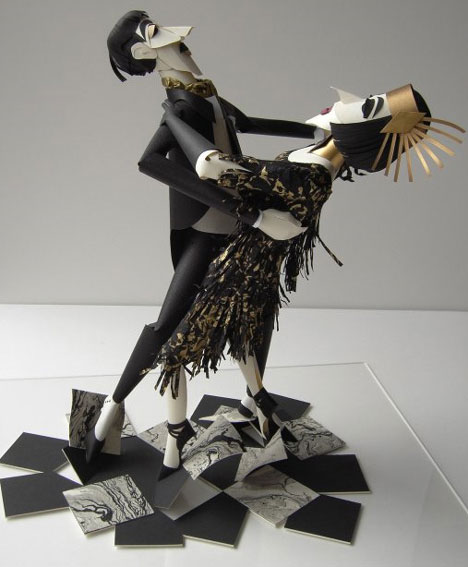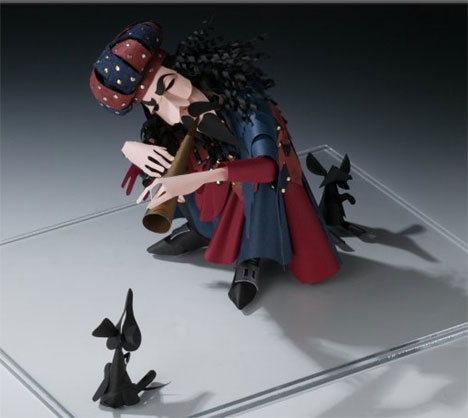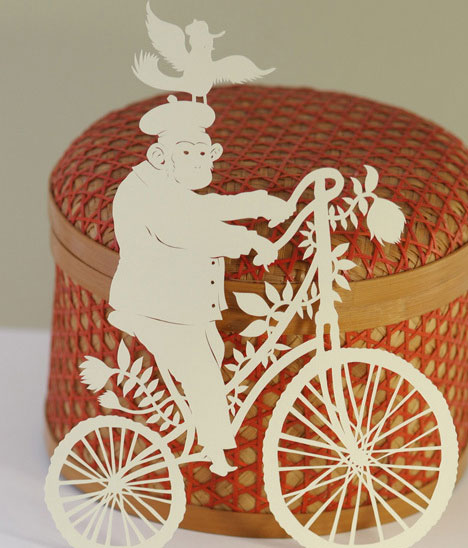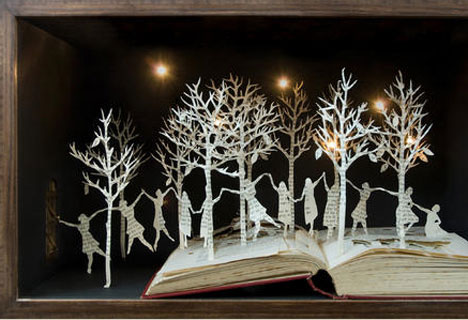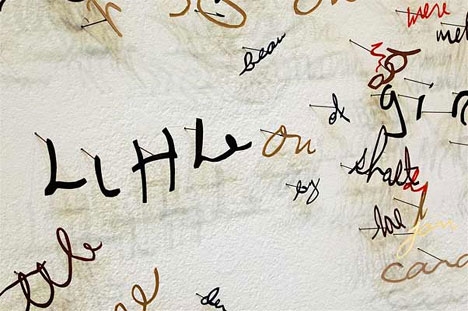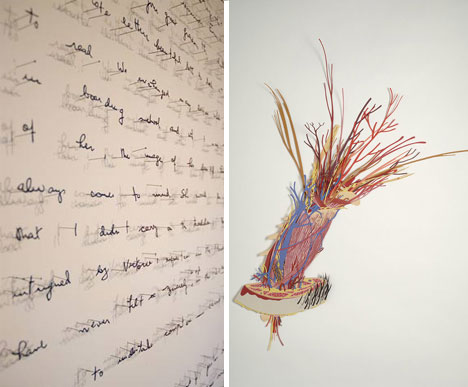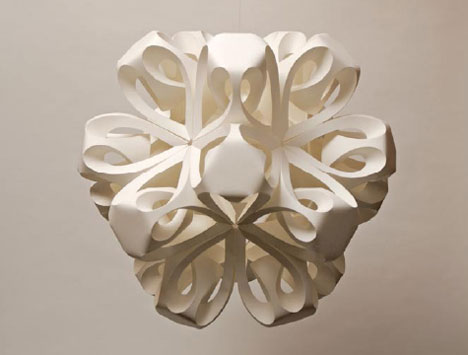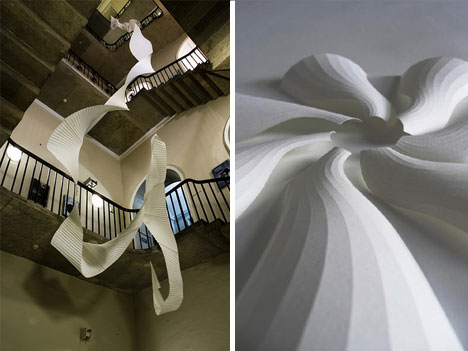Just Think ‘007’ and Add $269,993

2009 Aston Martin DBS.
STARTING in 1965 with the DB5 in “Goldfinger,” Aston Martin has been linked at the tuxedoed hip with James Bond; gadget-packed Astons have been driven by Connery, Lazenby, Dalton, Brosnan and Craig.
But given the economy, anyone who can still afford a $270,000 Aston Martin DBS might inspire a real-world film, with enough supervillains and world domination to make 007 quiver. Call it “The Man with the Golden Parachute.”
Wafting above the crowd is certainly the point. With 510 burbling horsepower from the V-12 power plant, angry stockholders vanish in the mirror. Seething mobs of the unemployed are drowned out by the 1,000-watt Bang & Olufsen sound system.
The shift lever is placed a bit too far rearward on the console for ideal shifting, but the lever itself is easy and precise.
C.E.O.-envy aside, the roughly 300 Americans who will drive home a DBS this year need to know the score. First, ignore the self-appointed accountants who have questioned why the DBS costs $100,000 more than the Aston DB9. I mean, these people drive Hondas.
The DBS and DB9 share a lightweight aluminum chassis and the 5.9-liter engine block under their stretched hoods. But the DB9 has been around six years, a virtual eternity for people who want the latest and greatest. Second, the lovely DB9 — designed by Ian Callum before he cribbed from himself to create the Jaguar XK — looks even more Jaglike next to this muscled-up Adonis.
The DBS isn’t just one of the world’s prettiest cars. It pulls off the tricky feat of looking insanely fast and expensive without rubbing everyone’s nose in it. For all its power — a 4.2-second eruption gets you to 60 m.p.h.; top speed is 191 — the Aston is a classic GT, a proper Brit with a noblesse oblige you won’t find in a flaming yellow Lamborghini.
That Aston heritage dates to 1914, but it took Ford to revitalize the moribund company. After 13 years of full ownership, Ford sold out last year to a consortium backed by Kuwaiti oil investors and led by David Richards, a British motorsports entrepreneur.
I spent my first day with the DBS balancing euphoria with skepticism. I figured it would drive like any traditional Aston: a buttery high-speed cruiser with a concert-hall V-12, but too soft and gentlemanly to sully itself on twisty roads.
Instead, after a warm-up, the Aston sliced through the countryside like an English football hooligan, but with a better singing voice.
A dashboard switch maxes out the computer-controlled shocks for high-speed duty, keeping the Aston’s body pinned to the ground like a manhole cover. The standard ceramic composite brakes — which can cost up to $15,000 extra on other exotic cars — could stand a bit more initial bite, but were triple-espresso strong.
An honest-to-God manual shifter — increasingly rare in cars of this caliber — amplified the fun. The lever is placed a bit too far rearward for ideal shifting, and the clutch’s iffy take-up requires practice for smooth starts. But the lever itself is easy and precise, topped with a slab of cool metal. A paddle-shifted automatic is an option.
Then there’s that engine, which sounds like money being torn in two. A valve in the exhaust system cocks open under heavy throttle to release the battle cry of the V-12. On that note, the DBS got a dismal 12 m.p.g.
On this car, pretty much everything that isn’t lightweight aluminum is even more expensive carbon fiber, from the featherweight hood and interior door trim to the angry-looking aerodynamic diffuser at the rear. It adds up to a relatively svelte 3,737 pounds, about 100 fewer than the main competitor, the $310,000 Ferrari 599 GTB Fiorano.
Swan doors swing open on a slightly upward angle, clearing curbs that would gouge the typical low-slung sports car. High sills make for body-scrunching entry and exit, but it’s worth it once you’re inside. Semi-aniline leather and a suede headliner were a perfectly matched deep red, making the cabin look like a boutique bordello.
Gauges look as fine as a Swiss chronograph. But while I’ve gotten used to the strange tachometer that spins counter-clockwise, there’s still no red line to show peak engine speed. How much could it cost to paint a red stripe on that thing?
Other nitpicks, just to make clear that I’m not a total sucker for beauty: lumbar controls are buried between the seats and console in a “Where’s Waldo?” arrangement. A cheap-looking navigation screen rises from the dash like a ghoul from the crypt of Kia. And the key is called the Emotion Control Unit, which is appropriate since it forced me to keep my temper in check. This fiddly chunk of genuine sapphire and stainless steel must be inserted into a slot just right or the car won’t start.
There’s a small parcel shelf in the rear but owners can opt for a tiny back seat instead — for children who haven’t been sent to boarding school.
Buyers seeking unrivaled GT performance may choose the 612-horse Ferrari. The 599 GTB is decisively faster than the Aston and its handling is a bit purer. But in my view, the 599 GTB — which even zealots wouldn’t cite as an all-time great Ferrari design — can’t beat the Aston’s looks.
Such fantastical comparisons tend to embarrass me anyway; it’s like asking which superhero would make the best and fastest sushi chef. (My money’s on Aquaman.)
Still, most car fans, including auto writers, keep a fantasy list of cars we imagine we’d buy if we struck it rich. For what it’s worth, the DBS is the first Aston GT to make it onto my mental bedroom wall. Surely there’s no harm in wondering how much a used DBS will fetch in 10 years.







